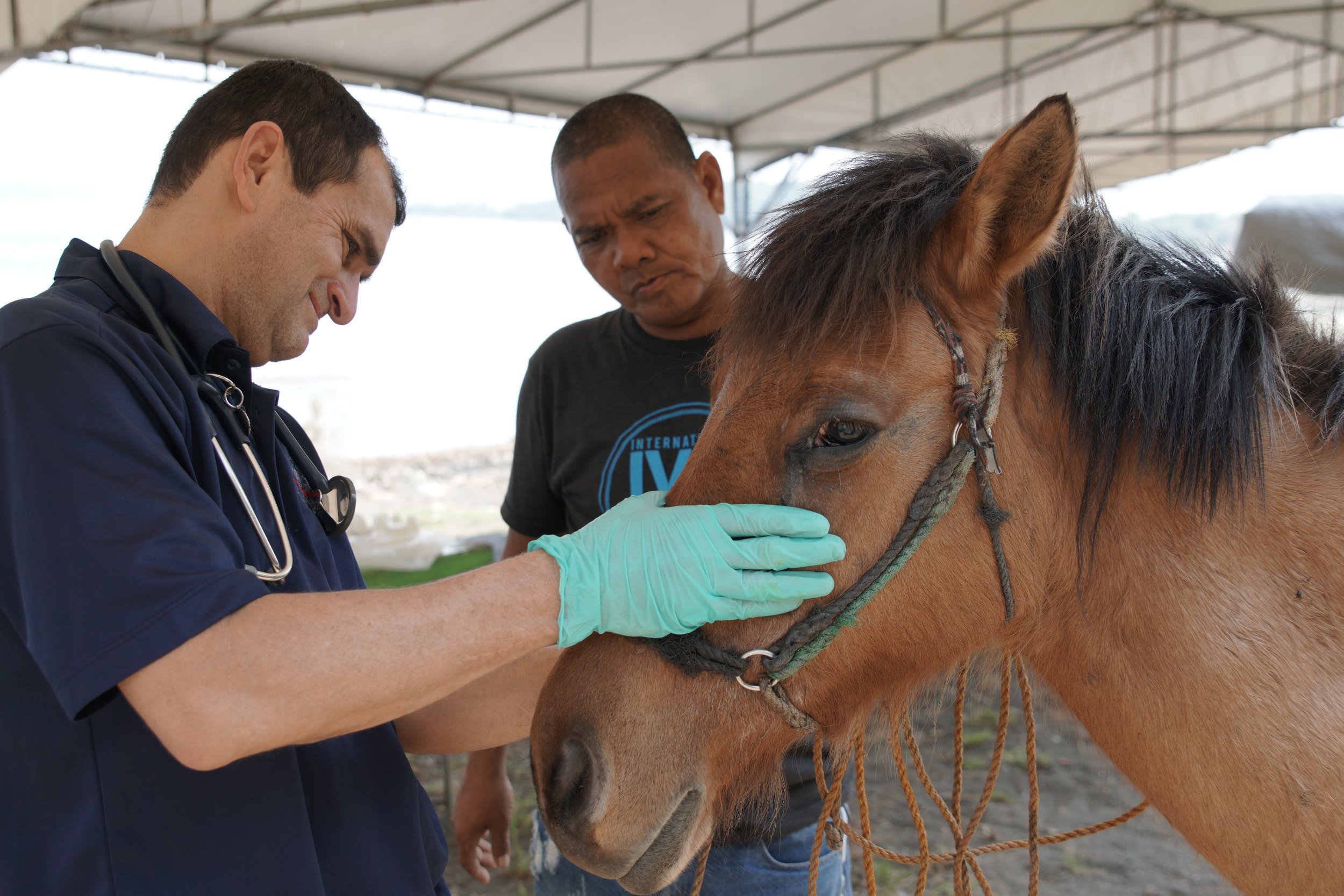What Is Animal Welfare?
The World Organization for Animal Health (WOAH) defines animal welfare as “the physical and mental state of an animal in relation to the conditions in which it lives and dies.” The American Veterinary Medical Association proposes that an animal in a good state of welfare is:
Healthy
Comfortable
Well-nourished
Safe
Able to express innate behavior
Not suffering from unpleasant states such as pain, fear, and distress
While some of these parameters can be determined by physiological measures, others are more difficult to pin down. There are numerous and complex ways of defining animal welfare and how it should be understood and applied to animals under human care. However, three main perspectives provide insight into how animal welfare can be approached:
Physical: pertaining to the animal’s health, particularly of the body and environment
Mental: pertaining to the animal’s feelings and behavioral outcomes
Natural Living: pertaining to the animal’s ability to “live according to their nature and perform their full range of behaviors”
These aspects of animal welfare often coincide, or in some cases may conflict in nuanced ways. Although this can create ambiguity and contention regarding the details of animal welfare, the concept overall is not only largely agreed upon, but a crucial step toward improved animal health.
What Is the Animal Welfare Act?
The Animal Welfare Act (AWA) was signed into law on August 24, 1966. It is “the only Federal law in the United States that regulates the treatment of animals in research, teaching, testing, exhibition, transport, and by dealers.” It requires minimum standards of care and treatment for animals used in some commercial, research, and public contexts. While the AWA is certainly a win and a step in the right direction, there are notable exclusions to the law, including:
birds, rats of the genus Rattus, and mice of the genus Mus, bred for use in research
horses not used for research purposes
other farm animals, such as, but not limited to livestock or poultry, used or intended for use as food or fiber, or livestock or poultry used or intended for use for improving animal nutrition, breeding, management, or production efficiency, or for improving the quality of food or fiber
The UK has its own Animal Welfare Act, passed in 2006, and the EU has its animal welfare legislation too. All of these animal welfare regulations, including ones in the works, promote greater health and tackle animal welfare issues from blood sport and poaching, to puppy mills and overpopulation.
Support IVO
Here at International Veterinary Outreach (IVO), we’re doing our part to advance animal health with our programs around the globe. We’re on a mission to create a healthy global community free of animal suffering. We want to improve the lives of people and animals worldwide, and you can help us do it! Donate now to support our international conservation efforts and animal health programs! Find out how you can get involved, sign up for our newsletter to stay up-to-date, and learn more about our decade of positive impact!



